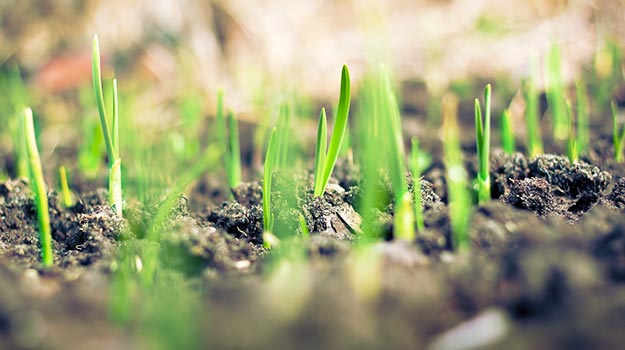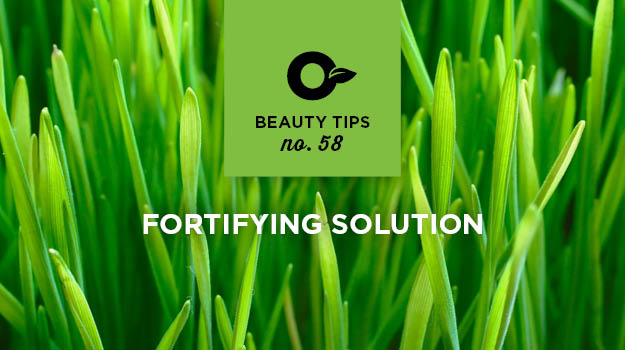
By Albert Mondor, horticulturist and biologist
Seeding is a great way to establish a new lawn, and it's easier and more economical than laying sod. Grass cannot survive long in a powdery soil that does not hold much water, or in a heavy, compacted soil. Therefore, it is essential to provide at least 10 cm of quality soil made up of a blend of existing soil and compost-rich lawn soil.
If the existing soil is good quality and free of weeds, you can keep it, but make sure to amend it with lawn soil containing compost. Spread 2 to 3 cm of Organic Lawn Soil over the entire surface, which represents about one 25-L bag per m2. Those compost-based soils are enriched with fertilizer and provide all the elements required for the establishment of a healthy, vigorous lawn.
Mix the lawn soil with existing soil
Ideally, mix the lawn soil with the existing soil using a spade shovel or a rototiller to a depth of about 10 cm. Before seeding, level the surface with a rake and compress lightly with a roller specifically designed for that purpose.
Then, spread grass seed. I personally recommend using All Condition Grass Seed for a quick and thick germination. You'll see results in 7 days!
When to start a new lawn from seeds
The best times of the year to seed a lawn are in the spring, from late April to mid-June, and early fall, from mid-September to the beginning of October. It must be done when the weather is calm, either manually or using a spreader. Generally, half the seed is spread in one direction, and the other half at a right angle. The quantity required for a given surface area is always indicated on the packaging. Once the seed has been spread, cover with a thin layer of soil and level with a leaf rake. Finally, although it's not absolutely necessary, compress lightly with the roller one last time.
When seeding is done, water every other day for a period of two to three weeks. Each time, provide at least 2.5 cm of water. The seeded areas must be watered with a fine spray to make sure the seed won't be washed away. After that, one watering a week is sufficient, or two when the weather is hot and dry.






